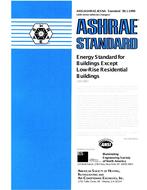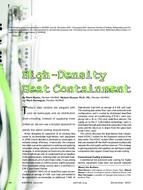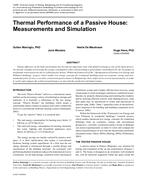Current duct design methods for variable air volume (VAV) systems are based on the use of peak constant airflow. However, VAV systems operate much of the time at an off-peak load condition and the impact of varying airflow rates to the sizing of duct systems has not been considered. This and a companion paper introduce an optimum duct design procedure for VAV systems to investigate the importance of the varying airflows to the system design. Hourly airflow requirements, part-load fan characteristics, and duct static pressure control are incorporated into the problem formulation. Constraints, such as discrete duct sizes and velocity limitations, are incorporated into the duct design procedure. In part 1, the domain of a VAV optimization problem is analyzed to define the problem characteristics and to suggest an optimization procedure. In part 2, the VAV duct design procedure is fully developed and applied to several VAV duct systems with different parameter values. The results are analyzed to compare duct design methods, and the effect of several factors that influence optimal design are investigated.
Units: Dual
Citation: ASHRAE Transactions, vol. 108, pt. 1, Atlantic City, 2002
Product Details
- Published:
- 2002
- Number of Pages:
- 23
- File Size:
- 1 file , 520 KB
- Product Code(s):
- D-6950


